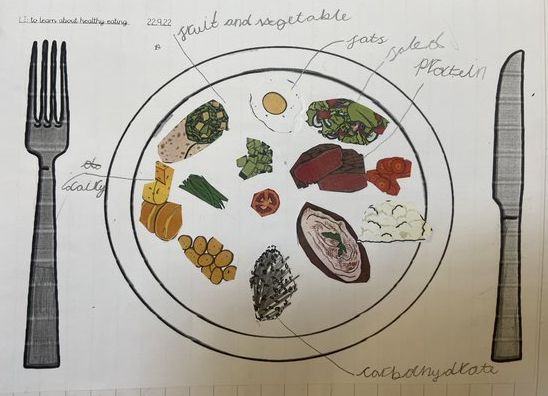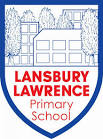This term in year 2, we have been learning about the emergency services in our community and comparing them with the emergency services in the past. First, we learnt about 21st century fire fighters by reading a non-chronological report and writing our own, we then looked at fire fighters from the early 19th century to compare. We looked at historical evidence to learn about the past in the form of a photograph and a film of old footage showing a fire brigade racing to a fire and attempting to put it out. We discussed the technology used in the 21st century compared with the past and noted it was different because certain technology was not invented yet.
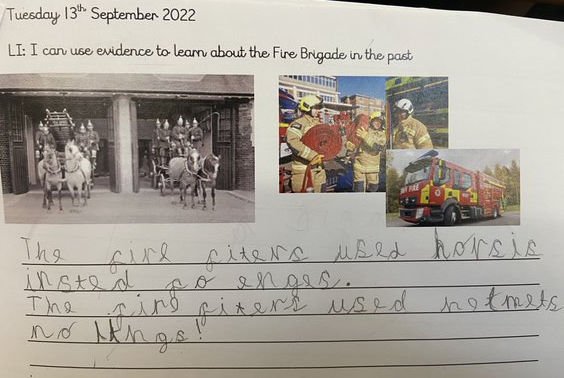
We then looked at nursing in the 21st century, and spoke to a nurse from Croydon Hospital. She gave us lots of information about the technology she uses ,including: heart/pulse monitors, medicine, injections and stethoscopes.
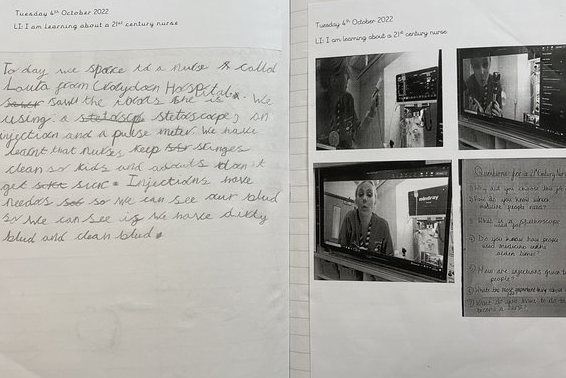
We then compared our modern nurse with the nurse we had been learning about from the 18th century, Mary Seacole. We first looked at Mary Seacole’s life and her remarkable bravery and determination for black history month. Then we took at closer look at the technology Mary used. She was a herblist which meant she made her own medicine with plants. We had a go at making medicine, just like Mary Seacole would have done. Ms Bridge brought in a book all about medical plants and recipes to make home remedies. We bashed up some rose hips, that are full of vitimin C, with a pestle & mortar to begin making a rose hip syrup that can used in the winter months to support the immune system against colds.
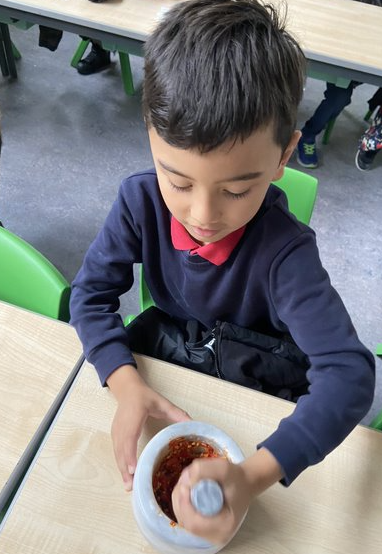

In geography, we located our closest emergency services on a map using a key. We then went out into our comminity, using a map, on a fieldwork expedition to collect data about the emergency services in Poplar. We then compared our data, which was taken in the late morning, with Ms Bridge’s data that was taken in the evening. We noticed more emergency services were on the roads in the evening and we predicted that this was because it was a busier time so accidents are more likely, however we discussed that we did not have enough data to say this is ALWAYS true in Poplar.

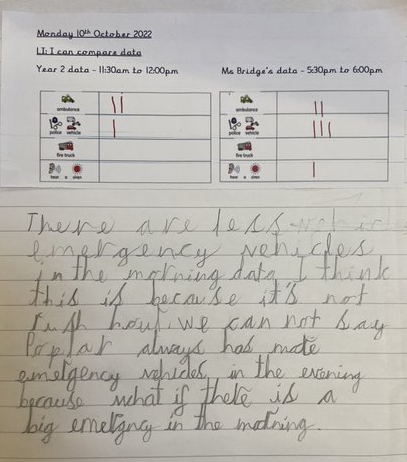
In English, we first wrote narratives inspired by the book ‘Lost & Found’ by Oliver Jeffers. We worked hard making sure we followed our ‘Every Sentence Toolkit’ and then we tried to extend our sentences with; and, but & or. We then continued this grammar focus and started our work on our non-chronological reports. We first immitated the fire fighter non-chronological report we had read and then we innovated it and independently wrote a non-chronological report on police officers. In our last week of term we have been looking at poetry. We have read and imitated Maya Angelou’s poem ‘Life Doesn’t Frighten Me’. We chose this poem because it uses noun phrases and repetition and the children understood the pattern clearly. We also chose this poem to celebrate the artists Maya Angelou and Jean Michel Basquiat, who’s artwork is used to illustrate the poem, for Black History Month.
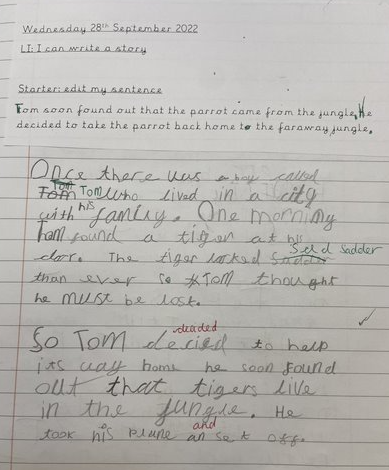
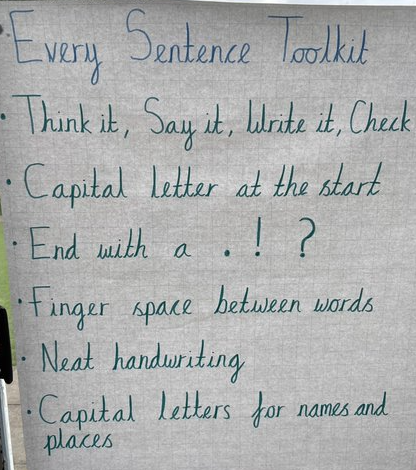

In maths, we started the term securing our place value knowledge of tens and ones. We used our maths packs to make two-digit numbers, we drew pictoral representations of numbers in our books and then we partitioned numbers into tens and ones. We then moved on to adding and subtracting. We learnt how to add efficiently by making ten first, we call it ‘bridging ten’.
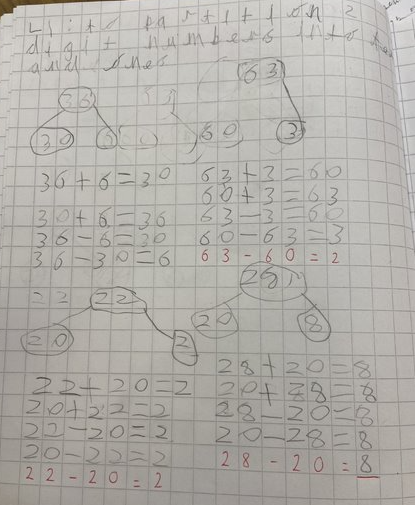
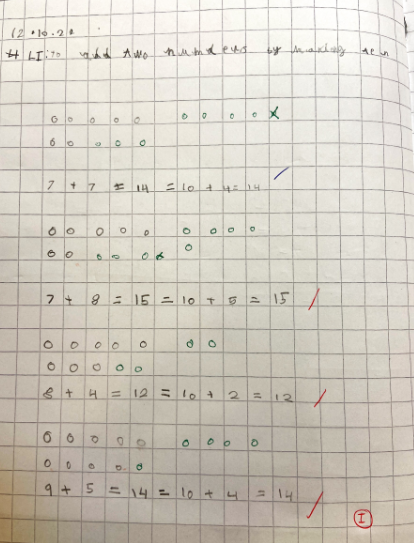
In science, we have been learning about hygiene, food groups and healthy eating. We did an experiment to observe how germs spread. The variables were glitter hands and cleans hands. The children quickly understood that washing hands reduced the spread of germs (glitter) and wrote this up in their reflections.
